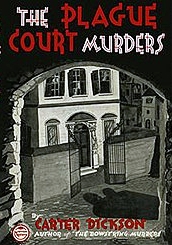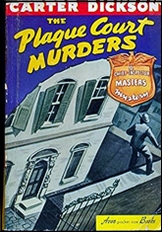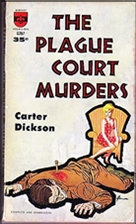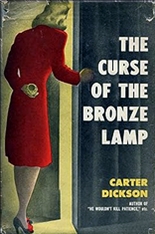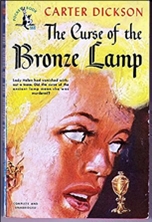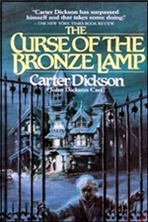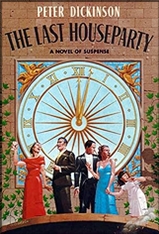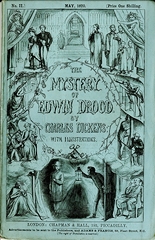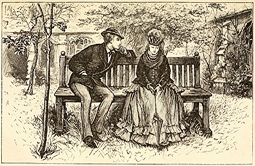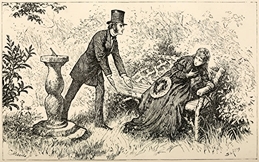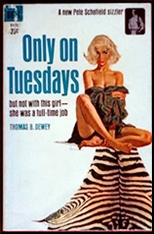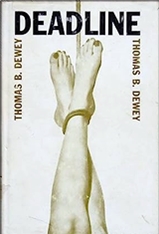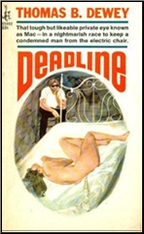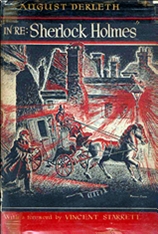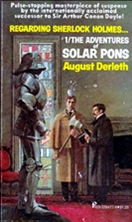Wed 20 Sep 2023
A 1001 Midnights Review: DORIS MILES DISNEY – Who Rides the Tiger.
Posted by Steve under 1001 Midnights , Reviews1 Comment
by Ellen Nehr
DORIS MILES DISNEY – Who Rides the Tiger. Doubleday Crime Club, hardcover, 1945. Ace, paperback, 1965. Zebra, paperback, 1989.
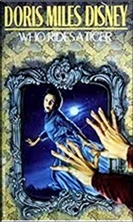
Unlike so many other authors, Doris Miles Disney never wrote the same book twice, even though she frequently used Connecticut as a background and always included a romantic element. In this novel, flashbacks that sometimes catch the reader unaware create a tangled, two-layer story of a great-aunt’s will, an old house filled with a lifetime accumulation of furniture and memories, and fourteen diaries that intrigue (as well as confound) the modem-day heroine, Susan.
Her search for the motive behind her impoverished father’s exclusion from Great-Aunt Harriet’s will is aided by a recently returned Army Intelligence officer, Philip, who has a stake in the past, as well as a deep interest in Susan’s future. This story could justifiably be called a Gothic, since it involves tangled family relationships. an old house, and all the other trappings; but its mounting feeling of suspense and terror transcends the form and makes Who Rides the Tiger a startling tale of malevolence.
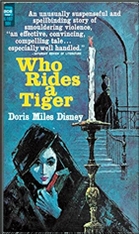
Disney’s skill at creating dialogue and atmosphere is also evident in her other non series books, including Testimony by Silence (1948), No Next of Kin (1959), Voice from the Grave (1968), and Cry for Help (1975). In addition, she created three series characters: insurance investigator Jeff DiMarco, who is featured in such titles as Dark Road ( 1946), Method in Madness (1957), and The Chandler Policy ( 1971 ); postal inspector David Madden, who appears in Unappointed Rounds (1956), Black Mail (1958), and Mrs. Meeker’s Money (1961); and small-town Connecticut policeman Jim O’Neill, who is the hero of such early novels as A Compound of Death (1943) and The Last Straw (1954).
———
Reprinted with permission from 1001 Midnights, edited by Bill Pronzini & Marcia Muller and published by The Battered Silicon Dispatch Box, 2007. Copyright © 1986, 2007 by the Pronzini-Muller Family Trust.

